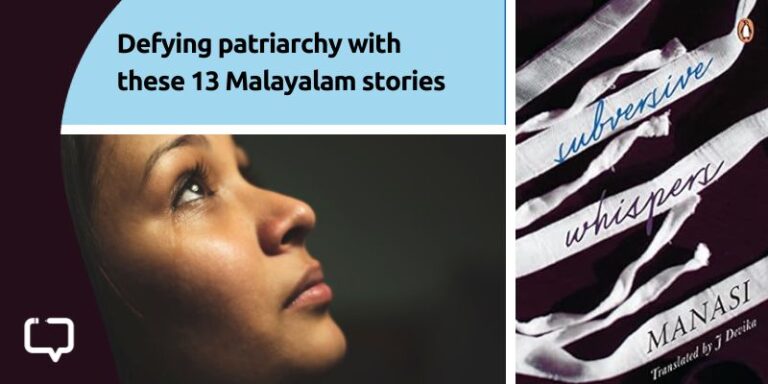Neha Kirpal reviews 17, Morris Road by Parul Sharma (published by Hachette India, 2024).
Singapore-based author Parul Sharma’s debut book, 17, Morris Road, is equal parts an ode to Dehradun and equal parts a dedication to all ‘80s kids.
Forty-five-year-old Gayatri Trivedi’s only eighteen-year-old son is soon leaving for college in the US. Having spent most of her life bringing up her son, Gayatri is facing an existential crisis of sorts and is stumped about what to do next at this stage in her life. As if on cue, a phone call inviting her to Dehradun takes Gayatri to the ghosts of her past, and a colourful cast of characters that made up her life back then.
Recommended Reading: Ruskin Bond’s Rusty Goes To London
No longer the one-horse town that she once called home, however, Dehradun has changed a lot over the years, as has Arbour House, the colonial-era bungalow whose fond memories she continues to treasure since she lived there as a sixteen-year-old. The major chunk of the book goes into flashback, recounting stories from Gayatri’s childhood in the 1980s – tales of “old times and old folks.”
As she revisits the place of her childhood, Gayatri makes a solo trip down memory lane, recounting the good old days consisting of the people and instances that made it a special time in her life. In a sense, the journey turns out to be like a homecoming for her – taking her back to the beginning where everything started.
The Doon Years
In the book, Dehradun has a visceral pull on Gayatri, complete with Vikrams on the road; bajri in every house; trees of sal, deodar and litchi; bela, mogra and rhododendron flowers as well as Ellora’s pastries and stick jaws. Parul Sharma vividly illustrates this impossibly fertile “sleepy, out-of-the-way town” of yore, spending much of the text on its rich fauna, including trees of litchi, oak, jackfruit, sal, deodar, chakotra and khubani.
The author also makes frequent references to well-known landmarks in the city, such as Rajpur Road, Clement Town, Astley Hall, FRI, Survey of India, Hathibarkala, Jakhan, Chakrata, Sahasradhara and Kumar Sweet Shop. At one point in the book, someone even croons George Harrison’s little-known tribute to the city, a lilting track titled Dehradun.

As someone who shares a big personal connection with the city – my paternal grandparents lived in a beautiful house in Dehradun, which we would frequent during our summer vacations every year – the book was strongly reminiscent of my childhood and certainly spoke to me through its lucid descriptions. Later, having studied at a boarding school in Dehradun, the references to inter-school debates, bonfire nights, fetes and Founder’s Day celebrations hit home too. As a result, while reading the book, I too went on a nostalgic ride of sorts.
Are some of us misfits, just meant to live in a constant urge to go back in time? And should we, with all our best intentions, try to resurrect the past?
– Parul Sharma, 17, Morris Road
Most people familiar with the city probably know how vastly it has changed over the years, in terms of the weather, traffic, noise and several other parameters, especially after it became the capital of Uttaranchal post-2000. Towards the end of the book, Gayatri also travels to another favourite haunt of mine, Landour, “Mussoorie’s small cantonment twin town with just a church and a school to its name”, highlighting its popular spots, such as Woodstock School, Lal Tibba, Sisters Bazaar and chaar dukaan.
Steeped in Nostalgia
The book is written with a distinct tinge of nostalgia, and would resonate with anyone who grew up in 1980s/1990s India, complete with references to custard and jelly; Gold Spot and Citra; Target magazine; pop idols like Madonna, George Michael, Freddie Mercury, Dire Straits, Cyndi Lauper and Michael Jackson; as well as Yashica and Minolta cameras whose picture rolls would be developed and carefully stuck in photo albums.
Favourite Quotes from 17, Morris Road by Parul Sharma
Nothing like the mountains to clear up the cobwebs.
Conclusion
Parul Sharma herself grew up in the small towns of India, “places of unhurried pace, dusty streets and quirky people”, something that is deeply evocative in her endearing prose, fairly easy to relate to. “How young we were then, how much we had to look forward to, our flawless faces turned up against the dappled sunlight as it filtered through the leaves.” Ultimately, going back in time helps Gayatri resolve her vision for the future. She realises that she needs to let go of the past and find a new purpose in life. The simple and breezy writing makes this a rather quick and pleasant read.























One Response
Thank you, I love to read your articles and posts.